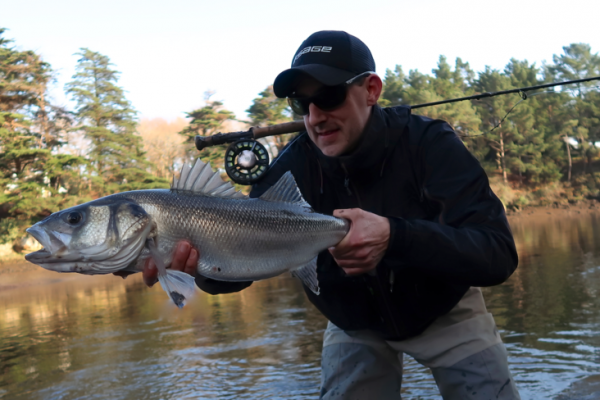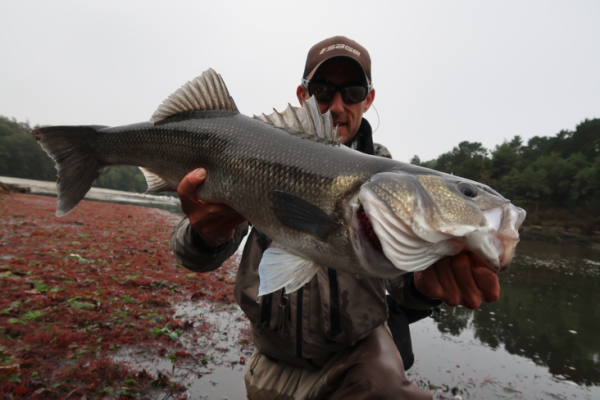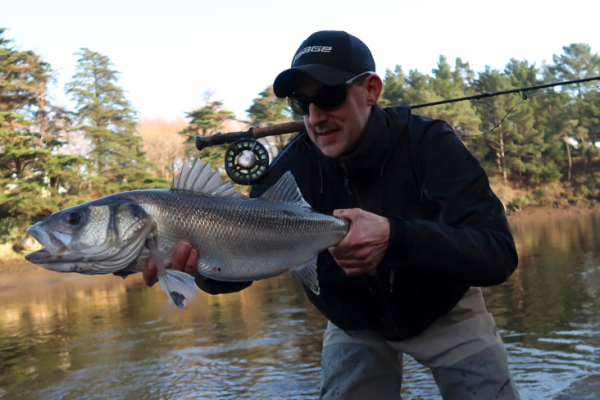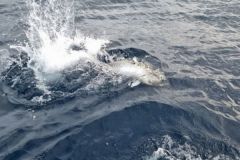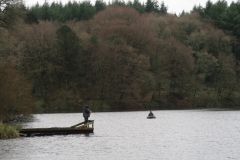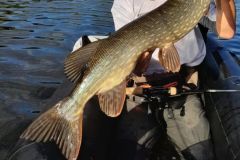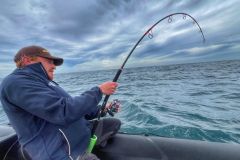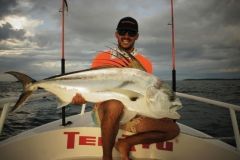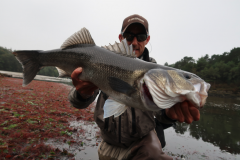Oyster beds
Oyster beds are really good bass areas, where you can catch any size of fish. However, big bass love these spots for their richness, but also for the security they can provide. Crabs, shrimps, gobies, small flatfish, fry and small fish live in this very special biotope, which offers room and board. The big bass are well aware of this, and pass through regularly.
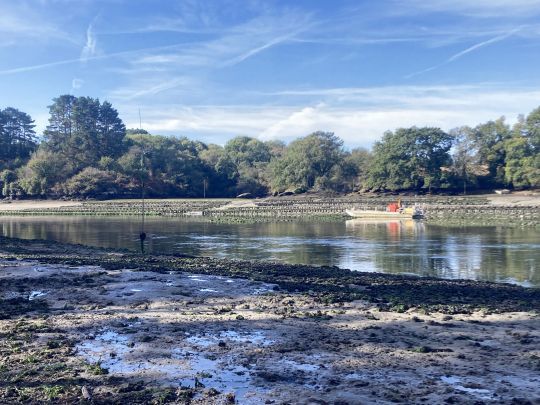
These areas can be fished in a variety of ways:
Sight between tables
On sight between the tables when the water is gradually receding or rising. Each oyster park will have its own favorable times and coefficients. Initially, sea bass often seek out small crabs when the water is low at the start of the rise/end of the fall. Then, as the water rises or falls, they may hunt for small mullet, but above all for shrimp, which they like to push against the pockets when the water level is 5 to 20 cm below the tables. It's not uncommon to hear or see hunts explode with shrimp leaping out of the water. In this case, a shrimp imitation can be cast on sight over these flushes, or fish the rows between the tables to flush out marauding fish.
Observation is the key to success. It usually takes several outings to understand how each park area works, and to find the right conditions (weather, fish activity).
Careful, you'll need to go up big (30 to 32°) to extract the pretty bars from the tables, as the risks of cutting and breakage are high! But it's often worth the effort!
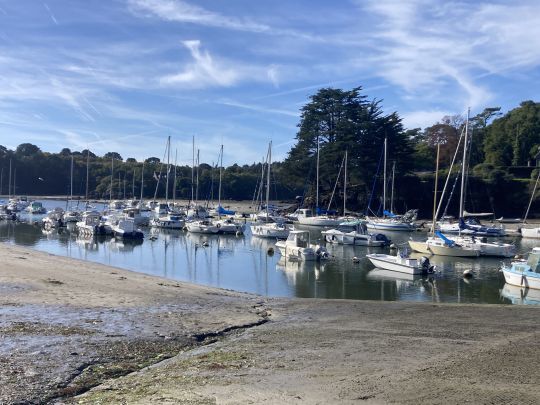
The ports
Harbors, whether on the seashore or in estuaries, are areas where there is always water available, regardless of the time of the tide and the coefficient. Large sea bass love this stability and the deeper waters where they can take refuge at any time.
Boats, moorings and buoys keep small fish, crabs and shrimp on the edges, in rocks, wrack and piles of seaweed.
Sea bass find everything they like in this atypical biotope and are rarely sought after in this type of position.
Beware, big bass know where to break you by going straight into the obstacles. It's important to identify them and know how best to fight a beautiful fish in this environment.
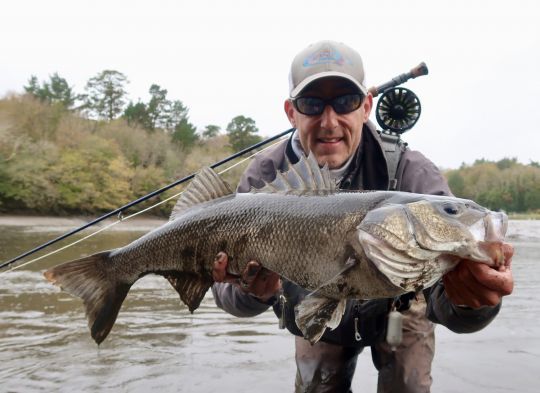
Estuary fishing
Estuaries are certainly the areas with the greatest "concentrations" of large sea bass. Their richness allows them to grow well, and above all, not to tire themselves too much to find their food, which consists mainly of crabs but also other prey.
Big bass have their own area and are often sedentary. They know their environment perfectly and know where they can feed abundantly, but with the security of being able to quickly retreat into more water. Large specimens are often found in positions that combine rocky edges with shallower water, but close to deeper areas.
On the fly, you can track these big fish mainly by sight, spending time at the water's edge to understand their movements and feeding zones. Small green crab imitations are undeniably the best in my humble opinion. Presenting them with speed, precision and delicacy, without being seen, is never an easy task, but with a little experience, you'll get better at it every time.
With a streamer, it's also possible to catch big bass if you know their behaviour and where they hunt. Bass are not averse to hitting mullet and other small fish. However, slightly tinted waters are often even more favorable to foil their distrust, as in clear waters they are less inclined to come and take this kind of fly and are often wary.
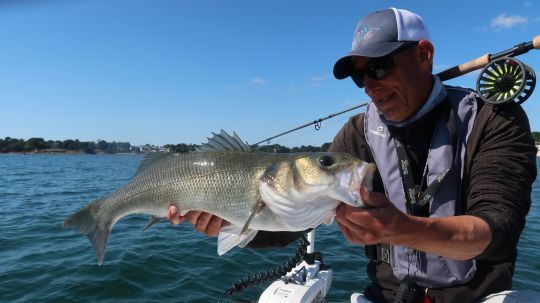
Open sea fishing
In the open sea, it's also possible to catch large bass, often alone or in small groups, but once again you'll need to know the favourable areas and fish a little differently. It's not possible to really target them, but certain areas are more favourable and, once again, it's experience that more often finds bass of 60 cm or more.
We recommend rocky areas, which often hold some fine specimens, as well as plateaus / shoals, and current zones between plateaus, rocky areas, or rock heads where the water breaks. Beaches can also hold a few large bass roaming these rich zones, depending on the type of beach. Alternating seagrass, rock and sand, with small basins or bays, can attract prey and therefore sea bass, who come to block their food by pushing it towards the shore.

 /
/ 